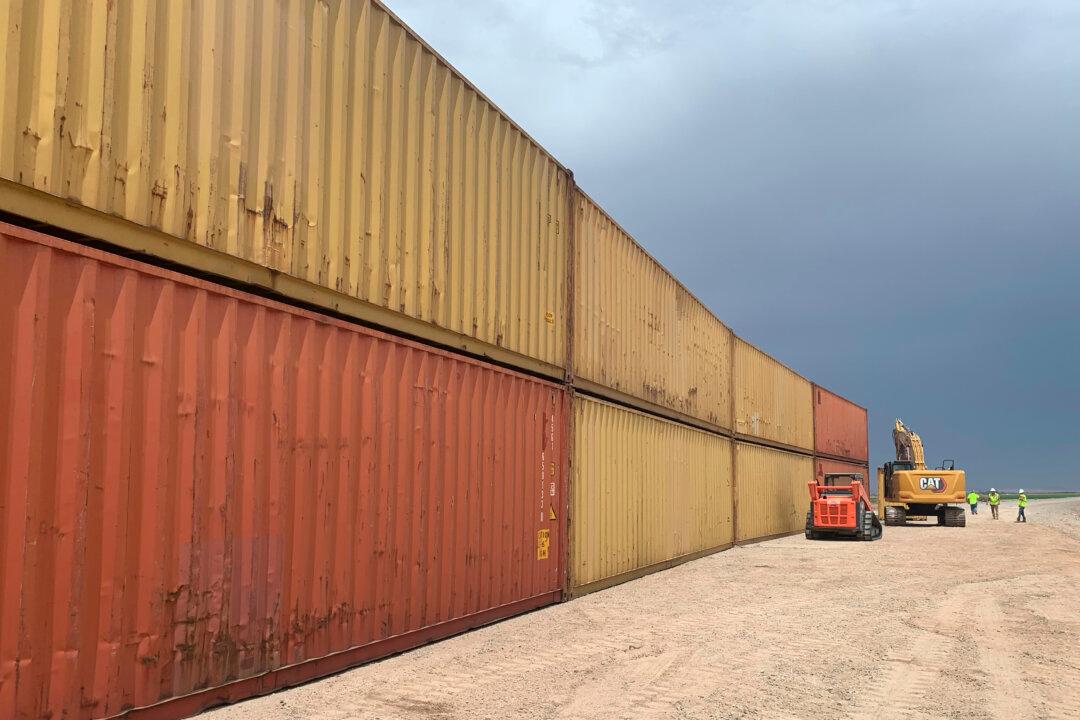When Arizona Gov. Doug Ducey toured a wall of shipping containers stacked two-high along the state’s southern border in Yuma on Sept. 8, he declared that the barrier would stem the flow of illegal immigration and drug smuggling into the United States from Mexico.
A month earlier, Ducey, a Republican, signed an executive order authorizing the Arizona Department of Military Affairs to erect the barrier topped with barbed wire to seal the gaps in the southern border wall.





